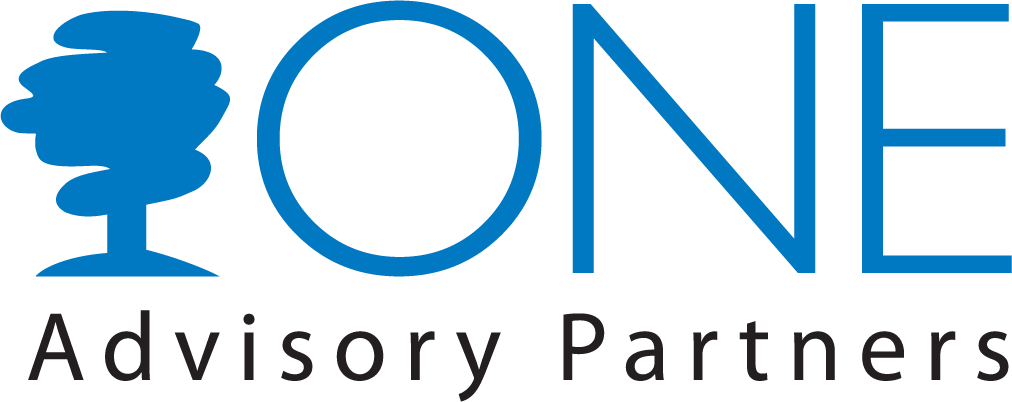Your 401(k) May Suffer From Internal Bleeding
Stop losing money to hidden fees and learn how to rescue your retirement portfolio from unnecessary costs.
Quit worrying about the recent volatility in the global capital markets. Your retirement portfolio may have a bigger problem. Yes, I know, we have been in a global bear market for stocks. The headlines are full of warnings, and retirement investors are nervous. I get that. I see it everyday in eyes of the retirement investors.
But believe me, the recent stock market gyrations are most likely the least of your retirement portfolio’s problems. Your 401(k) portfolio may be bleeding cash internally, and you may not even know it.
401(k) Anatomy 101
To grasp what I mean by internal bleeding within your 401(k) portfolio, you must first understand how 401(k) plans are constructed. In general, 401(k) plans have two basic operational components: investment options and recordkeeping or administration.
Each component has a distinct and important role to play in order to keep your 401(k) plan humming along. And it stands to reason that each component of your 401(k) plan should have a separate and distinct fee commensurate with the type of service being offered, right? Wrong.
Hidden In Plain Sight
Hidden fees in 401(k) plans have been written about extensively over the past few years. And numerous lawsuits have been filed against 401(k) plan sponsors over excessive fees within their plans. In 2012, the Department of Labor issued rules mandating the disclosure of all fees to 401(k) plan participants. However, the lawsuits and new disclosure rules have done very little to prevent the hidden fee practice known as revenue sharing.
Revenue sharing is basically legal kickbacks from mutual fund companies to retirement plan record keepers. Under most revenue sharing arrangements, mutual fund companies pay a percentage of the fund’s expense ratio to retirement plan record keepers to cover administrative expenses. The problem is, if you have mutual funds in your 401(k) that pay revenue sharing, you are effectively paying an asset-based fee for your plan’s recordkeeping and administration. And as 401(k)s go, it’s never a good idea to pay an asset-based fee for non-investment management services.
You see, under a revenue sharing scheme, every time you make a contribution to your plan, the cost of sending out your quarterly statements goes up. That is akin to hiring a plumber to fix a leaky gasket, but paying him based on the amount of water that flows through the pipe. No one would think that’s a good deal, except for the plumber!
A Silent Killer of Retirement Portfolios
The damage inflicted by revenue sharing on your retirement portfolio can be extensive over time. The more you invest, the more revenue sharing eats away at your savings. The amount of revenue sharing paid varies by mutual fund, but can be as high as 0.40% per year or more. And because revenue sharing is built in to the mutual fund’s daily net asset value (NAV), you don’t see it or feel it. It’s insidious.
Here’s an illustration: Let’s say you have been a diligent saver and have a 401(k) balance of $250,000. If the funds you invested in kicked back revenue sharing in the amount of 0.40% per year, you’re paying approximately $1,000 per year ($250,000 multiplied by 0.40%) for administrative services that should cost no more than about $100 per year. Additionally, it is likely that you are actually subsidizing your fellow employees with smaller balances in your company’s 401(k) plan. Gee, did you even get a thank you note?
How to Stop the Bleeding
The good news is your 401(k)’s condition does not have to be terminal. There are potentially two things you can do right now to stop the hemorrhaging and keep more of your 401(k) balance from being siphoned away:
Use index funds.
Most index funds do not share revenue. But be careful, there are indeed expensive versions of index funds. If the S&P 500 index fund in your plan has an expense ratio of more than 0.05%, you’re getting ripped off. Also, most 401(k) plans do not offer an extensive lineup of index funds needed to build a well-diversified portfolio.
Use a brokerage window.
If your plan offers a brokerage window, which is the ability to trade offerings of a brokerage house such as TD Ameritrade, Schwab or Fidelity through your 401(k), you likely have access to virtually unlimited investment options including low-cost, exchange traded funds (ETFs). And your 401(k) plan’s brokerage window may even offer dozens of ETFs that can be bought with no trading commissions, depending on the sponsor. (We use a number of commission-free ETFs to build individual 401(k) portfolios via a brokerage window for our clients. We absolutely love them.)
You don’t have to be a math whiz to see that over time, the compounding effect of asset-based revenue sharing can unnecessarily put your retirement portfolio in critical condition. If you have a 401(k) balance of $50,000 or more, act now before more of your hard earned money bleeds out.
